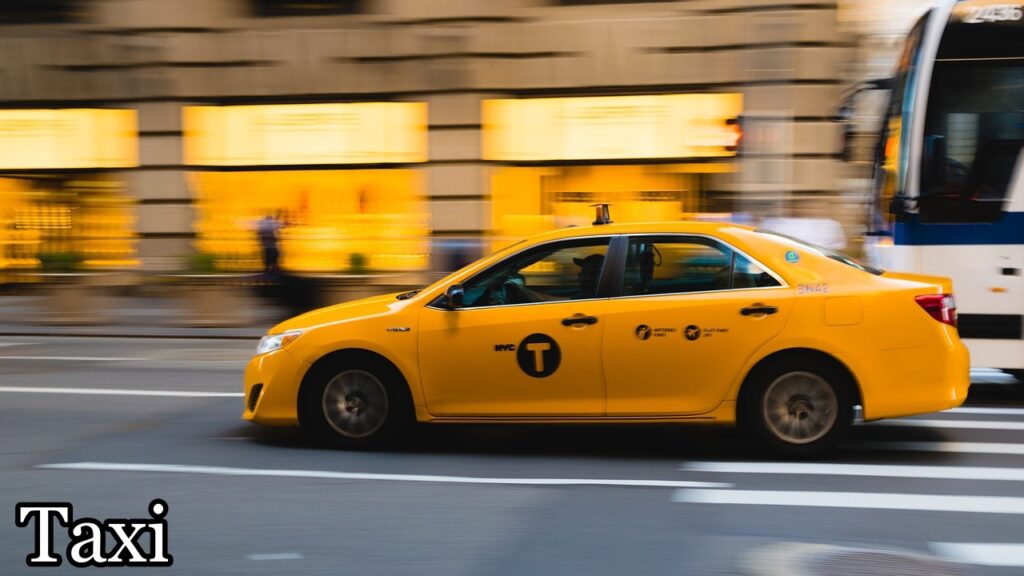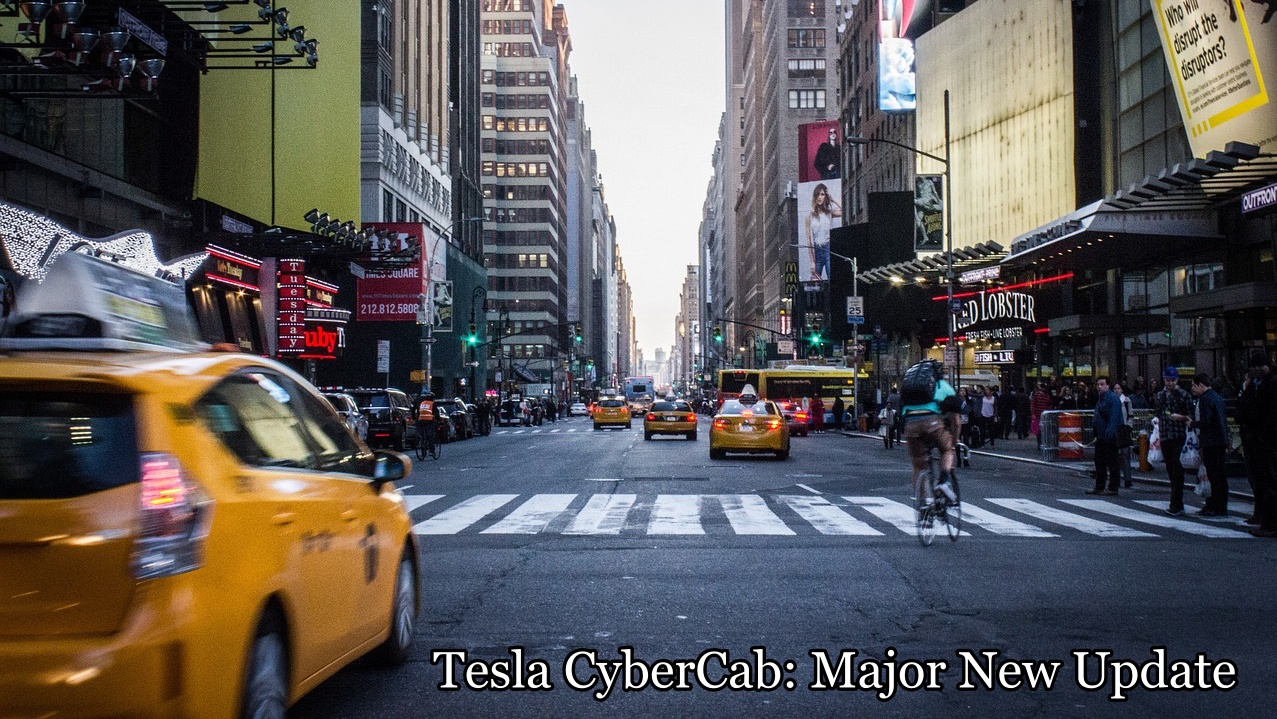In today’s blog, we’re covering significant updates across Tesla’s projects, from the exciting new features in the Tesla CyberCab to legal battles and regulatory hurdles in Europe. Let’s dive into the latest news from Tesla and its associated ventures.
Tesla CyberCab: Testing and Teleoperation Innovations
Tesla is accelerating its efforts to roll out the CyberCab, including testing its robotaxi service and Optimus humanoid robot in real-world scenarios. The company recently posted a job opening for a C++ software engineer, seeking expertise in teleoperation for these futuristic projects. This role involves developing systems for remote control of both the CyberCab and Optimus robot, using virtual reality (VR) setups for operators to perform complex tasks remotely.
Tesla’s focus on teleoperation is designed to tackle challenges in driverless car operations, which can sometimes require human intervention. While Google’s Waymo has long implemented teleoperation for its autonomous fleet, Tesla’s approach aims to avoid the pitfalls seen with other autonomous vehicle services, like the issues faced by Cruise autonomous taxis, which became notorious for their traffic jams and operational failures.
Tesla CyberCab Design Revealed in London
Tesla’s latest CyberCab prototype was on display in London at the Tesla showroom at Westfield Mall. Our European correspondent, Yan, provided an exclusive look, noting that the vehicle’s aerodynamic design and sleek gold finish were attracting attention. Tesla continues to refine the CyberCab, with updates including the introduction of wider plastic caps on the wheels, replacing the painted wheels previously shown at the robotaxi event.
However, despite the buzz, the Tesla UK team wouldn’t allow Yan to sit inside the CyberCab, citing long lines. This confirms that the CyberCab is gaining traction far beyond the United States, piquing interest even across the pond in Europe.
Environmental Protests and Hazardous Waste at Giga Berlin
In a more controversial update, the Giga Berlin protest camp—occupied by environmentalist activists for nearly 9 months—has been cleared out by local authorities. The protesters had set up treehouses and other structures near the Tesla factory, protesting the company’s expansion plans due to concerns about water usage and deforestation.
While the protest itself was a stand against Tesla’s factory expansion, what’s truly ironic is the hazardous waste left behind, including batteries, plastic tarps, and even human waste. A police officer described the area as a hazardous waste dump. Despite the cleanup, Tesla continues to expand its Berlin factory, with no public comment on the protest dismantling.
Rivian Settles Lawsuit: Stealing Tesla’s Battery Secrets
In another legal update, Rivian has admitted to stealing Tesla’s battery secrets in a lawsuit that has been ongoing since 2020. Tesla had accused Rivian of poaching employees and stealing trade secrets, especially those related to battery technology. The lawsuit is expected to be dismissed by December 24th, pending the terms of a settlement.
This is not Tesla’s first legal battle over intellectual property theft. In 2019, the company also sued Chinese automaker Xpeng over the theft of Autopilot code, which was settled in 2021. The ongoing legal action underscores Tesla’s commitment to protecting its proprietary technology from competitors.
Starship’s Progress at Starbase: A Step Closer to 25 Annual Launches
Exciting news from SpaceX: the Federal Aviation Administration (FAA) has released an updated environmental assessment for Starbase, Texas. The new assessment explores the potential for up to 25 launches and landings per year, a step forward for Starship operations. The public comment period is open through January 17th, and this aligns with the expected launch of Starship flight 7, scheduled for January 11th.
Elon Musk is optimistic about future launches, especially as Starship flight 8 could potentially feature the first return-to-launch-site mission after an orbit flight, marking another milestone for SpaceX’s ambitious plans.
The Boring Company’s Tunnel Innovations: Proof Rock 3 and 4
The Boring Company has made a significant breakthrough with its Proof Rock 3 tunnel boring machine, capable of starting tunnel excavation without the need for extensive site preparation. This innovation uses a massive mobile platform, called the Monster, to launch and retrieve tunnel boring machines directly from job sites.
The company is also testing the next-generation Proof Rock 4, which aims to speed up tunneling processes. These advancements are crucial in making underground transportation systems a viable solution for congested urban areas.
Tesla Expands Smart Summon in Europe and the Middle East
Tesla’s Smart Summon feature has officially rolled out in Europe and the Middle East, allowing owners to remotely move their vehicles via the Tesla app. However, due to local regulations, this feature is more limited than in the U.S. In Europe and the Middle East, users can operate the vehicle within a 6-meter radius, compared to the 65-meter radius available to U.S. users.

Despite the restrictions, this is a significant step for Tesla as it pushes to expand its autonomous driving features globally. The company is actively working with regulators to potentially ease these restrictions in the future.
Final Thoughts: Tesla’s Impact on the Global EV Market
From CyberCab innovations to legal disputes and regulatory hurdles, Tesla continues to dominate the electric vehicle and autonomous vehicle landscapes. As the company pushes forward with testing robo-taxi services, humanoid robots, and underground transportation solutions, Tesla’s influence on global technology and transportation remains undeniable.
Read More:


1 thought on “Tesla CyberCab: Major New Update Revolutionizes Ride-Hailing”